Move Your Own Way
Moving your body every day can improve your physical, mental, and emotional health.
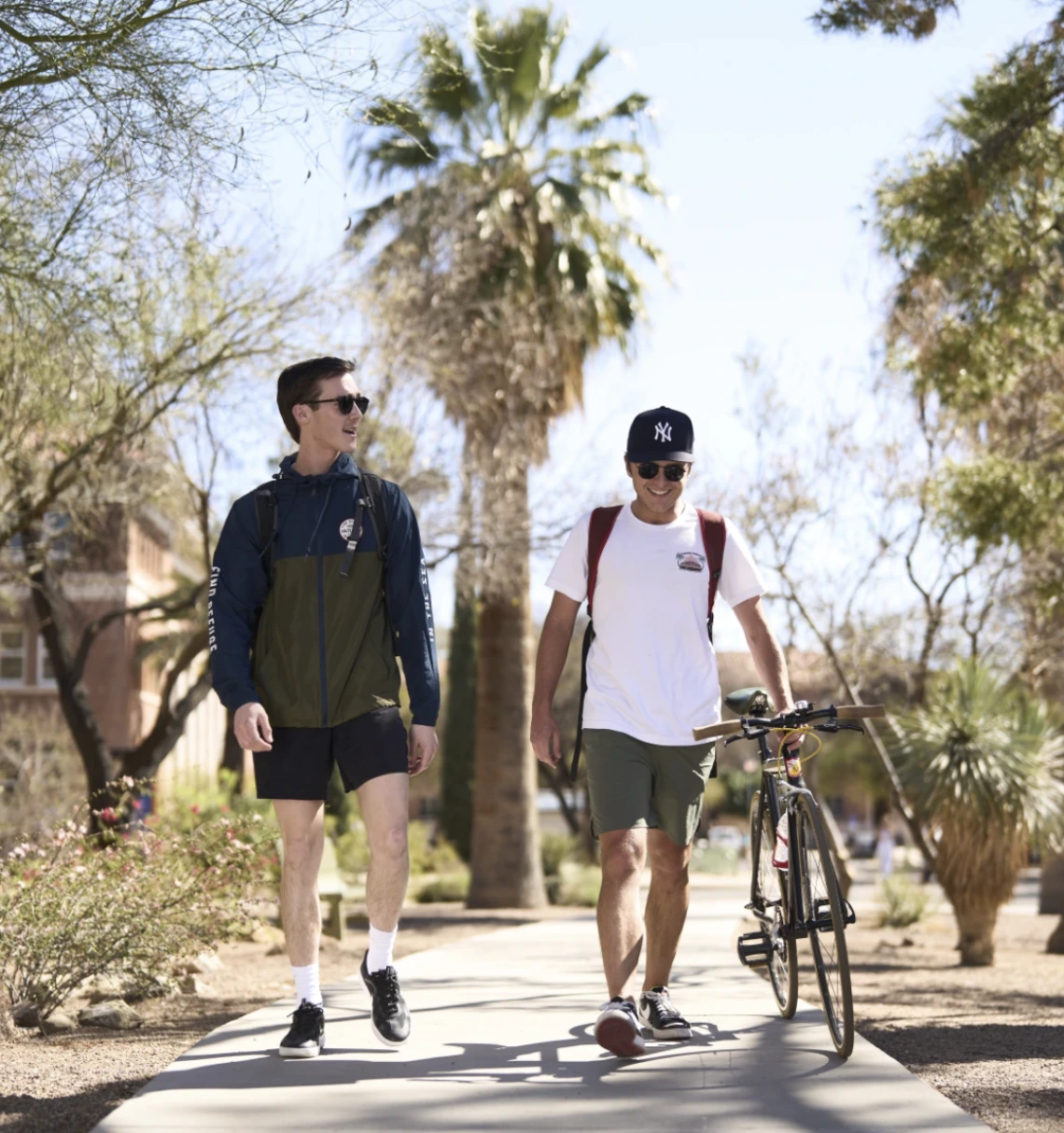
Movement and the Mind-Body Connection
The mind-body connection is a two-way street. When something is good for your body, it's good for your mind, and vice versa. Movement plays a big role in this connection.
While we typically think of movement as supporting our body (think bones, joints, muscles), it supports our mind just as much. Movement can feel meditative, grounding, empowering, and more. Movement also helps strengthen the mind-body connection, which has even more benefits for your mood and stress level. When you are more in tune with your body, you notice its cues, respond more effectively, and reduce the risk of burnout and injury.
Tips to Get Moving Your Way Tips to Get Moving Your Way
You don't need to join a gym or do intensive workouts to move. Movement can happen wherever you are and however works for you. Here are some things to think about:
- Start slow and keep it simple. A 10-minute walk can improve your mood for two hours.
- Make it feasible and sustainable. It doesn't need to be a 2-hour workout, it just needs to work for you.
- Find ways to make it fun. We're more likely to prioritize, look forward to, and enjoy fun things.
- Choose something that engages your mind. Moving is a great way to get your mind off something that's stressing you.
- Know yourself and what works best for you. Do you like...
- moving alone or with someone
- outdoors or indoors
- rhythmic and continuous movement (walking, swimming, cycling) or something with more variety (basketball, dance, hiking)
- low impact (stretching, yoga, walking) or high impact (contact sports, running)
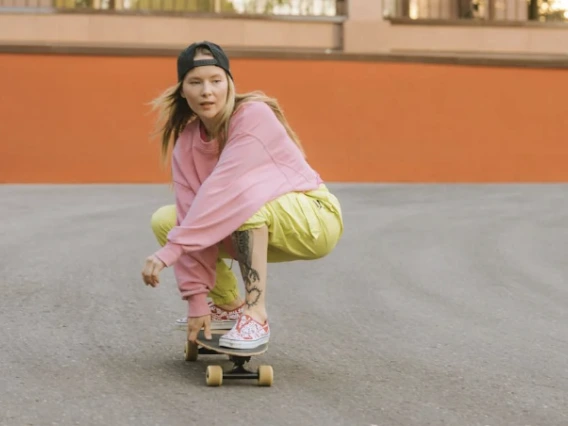
Everyday Movement
- Walking (neighborhood, dog, errands)
- Taking the stairs
- Cleaning the house
- Gardening or yard work
- Carrying groceries
- Biking to class
- Cooking
- Playing with pets
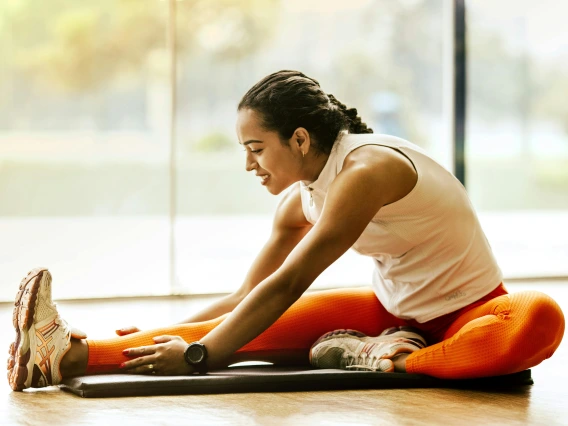
Fun Solo or With A Friend
- Running or jogging
- Swimming
- Yoga or pilates
- Stretching or mobility drills
- Strength training
- Jump rope
- Hiking
- Indoor cycling or spin
- Rollerblading or roller skating
- Climbing stairs or stair sprints
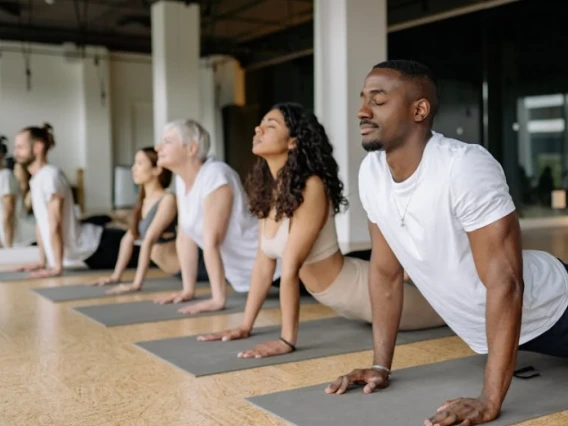
Group or Class Activities
- Group fitness class (Zumba, HIIT, barre, bootcamp)
- Dance class (hip hop, salsa, ballet, contemporary)
- Martial arts (karate, jiu-jitsu, taekwondo, kickboxing)
- CrossFit or circuit training
- Spin class
- Aqua aerobics
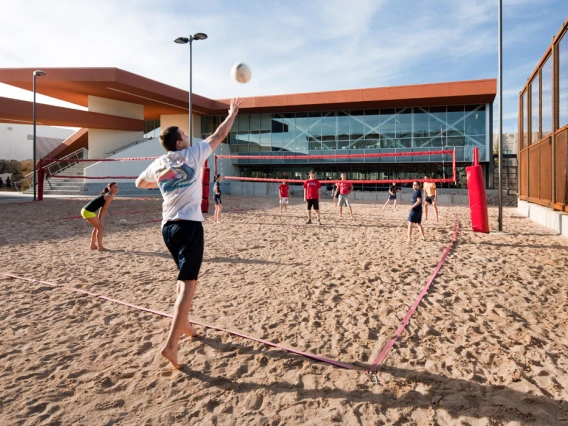
Recreational Sports
- Basketball
- Tennis or pickleball
- Soccer
- Volleyball (indoor or beach)
- Ultimate frisbee
- Badminton
- Ping pong
- Golf (especially walking the course)
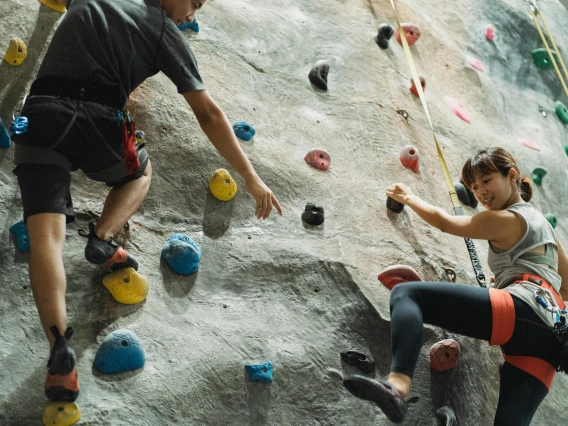
Outdoor & Adventure
- Kayaking or canoeing
- Paddleboarding
- Rock climbing (indoor or outdoor)
- Surfing or bodyboarding
- Skiing or snowboarding
- Snowshoeing
- Horseback riding
- Mountain biking
- Hiking
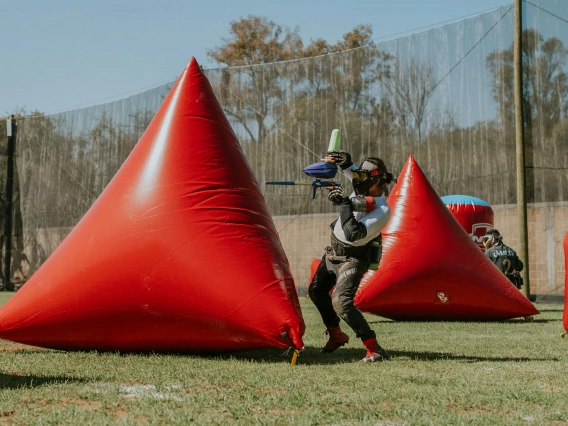
Fun & Play
- Dancing at home or out
- Hula hooping
- Playing tag
- Laser tag
- Bowling
- Paintball
- Trampoline jumping
- Active video games
